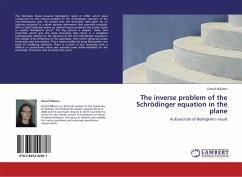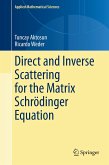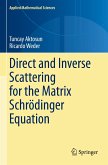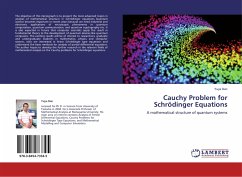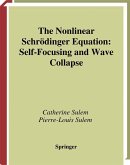This licentiate thesis presents Bukhgeim's result of 2008, which gives uniqueness for the inverse problem of the Schrödinger equation in the two-dimensional case. He proved that the boundary data given by an arbitrary potential in a plane domain determines that potential uniquely. After a brief historical review on related inverse problems the author starts to explain Bukhgeim's proof. The big picture is elegant. Given two potentials which give the same boundary data there is a weighted orthogonality relation for the solutions of the two Schrödinger equations. This weight is the difference of the potentials, from which stationary phase techniques give information. This is made possible by using Bukhgeim's new kinds of oscillating solutions. There is a point in the reasoning that is difficult to understand unless one assumes some differentiability for the potentials. This thesis tries to clarify that point.

